Toll Free: (866) 215-0651
Local: (657) 900-2066
Preventative Maintenance Program
In the dynamic realm of industrial operations, shifting from reactive maintenance to a proactive Preventative Maintenance (PM) program is a strategic imperative. This educational blog serves as a roadmap, exploring companies' transformative journey to secure equipment reliability, minimize downtime, and achieve enduring success.
Understanding Reactive Maintenance:
Delve into the drawbacks of reactive maintenance, where organizations grapple with the aftermath of breakdowns, exorbitant repair costs, and unplanned downtime. Recognize the critical juncture when companies acknowledge the limitations of this approach and initiate a paradigm shift.
Motivations for Change:
Explore the myriad catalysts propelling organizations towards a proactive PM program. Whether triggered by a major equipment failure, financial strain, or a quest for operational efficiency, these motivations underscore the impetus for change.
Building a Foundation for Proactive Maintenance:
Uncover the foundational principles of proactive maintenance. From routine inspections and preventive tasks to predictive analytics, establish how these elements form a robust program designed to anticipate and prevent issues before they escalate.
Overcoming Transition Challenges:
Acknowledge the challenges inherent in transitioning to proactive maintenance. Overcoming resistance to change, dispelling skepticism, and securing additional resources are common hurdles. Explore successful strategies companies employ to navigate these challenges and garner organizational support.
Implementing Technology and Data Integration:
Examine the pivotal role of technology and data analytics in reshaping maintenance strategies. Real-time monitoring, predictive maintenance tools, and condition-based monitoring contribute to informed decision-making, empowering organizations to address potential issues proactively.
Measuring Success:
Scrutinize the tangible benefits of a proactive PM program. Key performance indicators include reduced downtime, heightened equipment reliability, and optimized maintenance costs. Understand how these outcomes synergistically contribute to overall operational efficiency and organizational success.
Cultivating a Culture of Proactivity:
Conclude by emphasizing the importance of fostering a culture that values and actively prioritizes proactive maintenance. Explore the role of employee training, continuous improvement initiatives, and effective communication in embedding a proactive mindset within the organizational fabric.
In conclusion, the journey from reactive to proactive maintenance is a multifaceted process that organizations undertake to ensure sustained success. By comprehensively understanding the motivations, overcoming transition challenges, embracing technology, and cultivating a proactive culture, companies can optimize their maintenance practices, minimize downtime, and flourish in the ever-evolving industrial landscape.
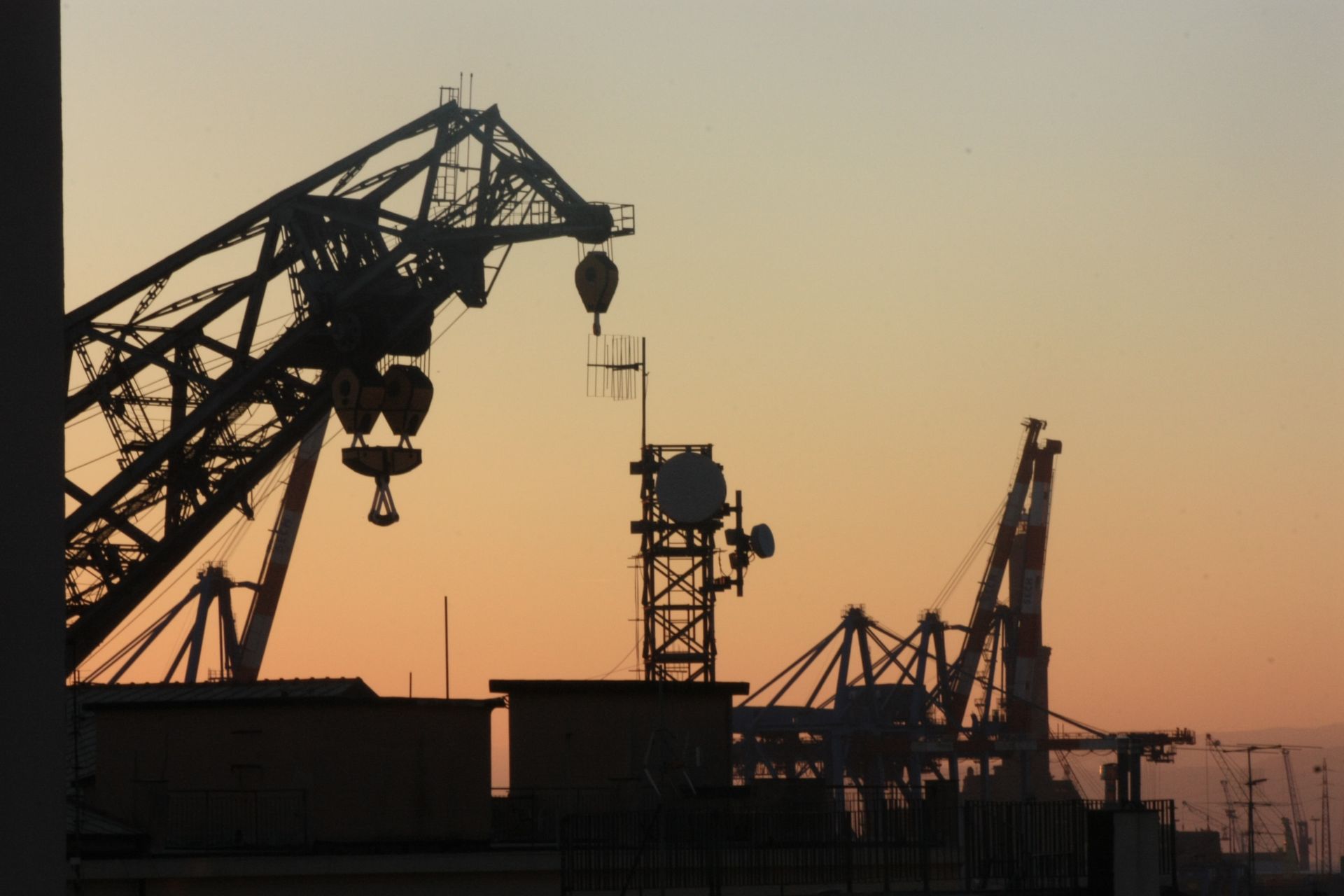
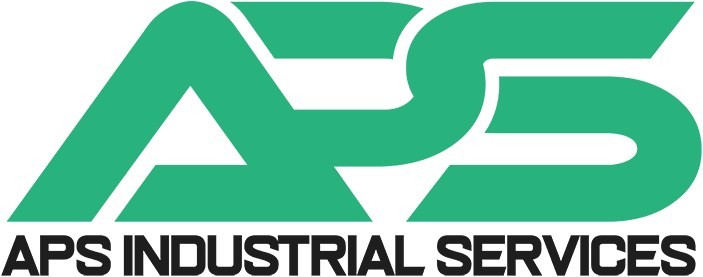

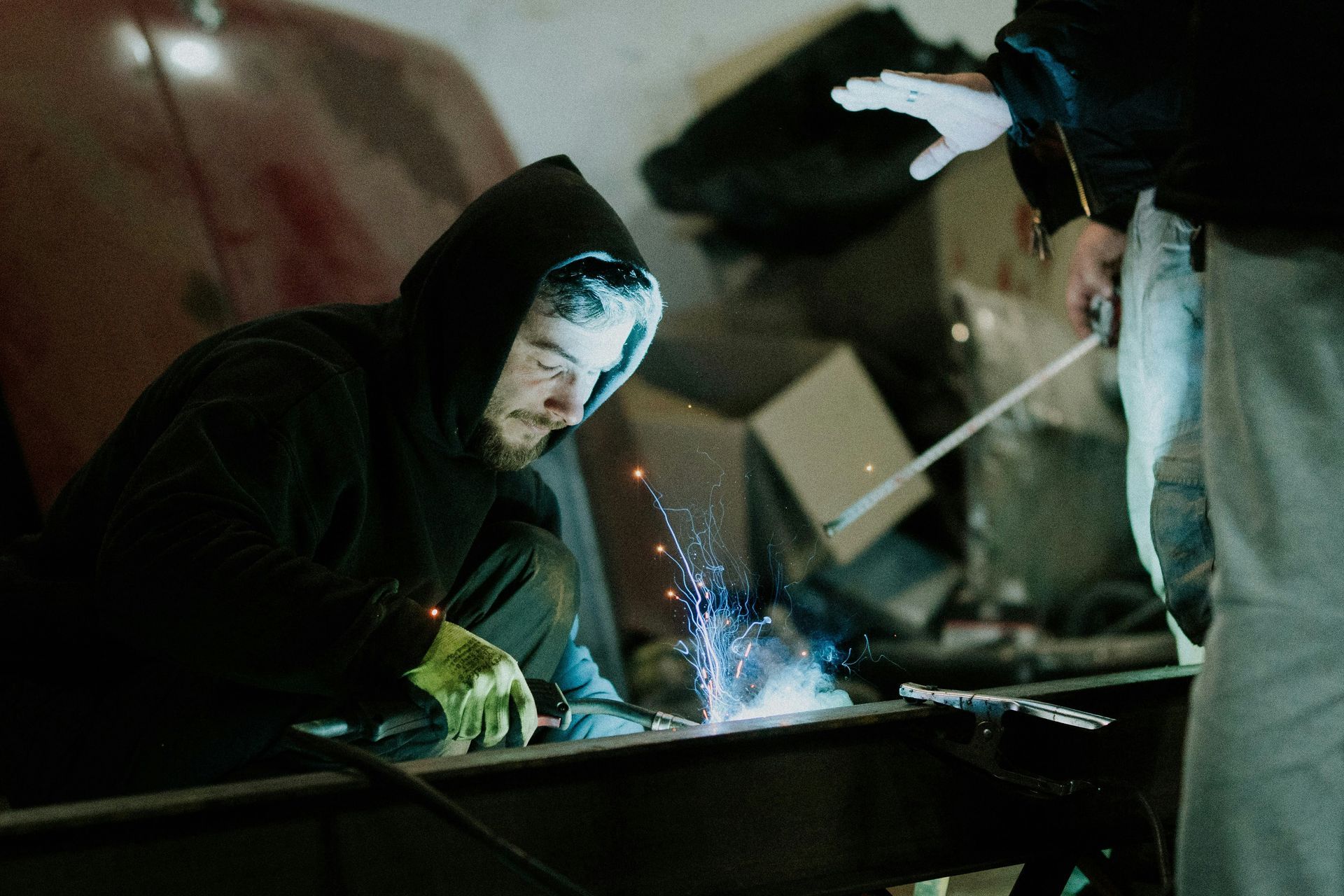
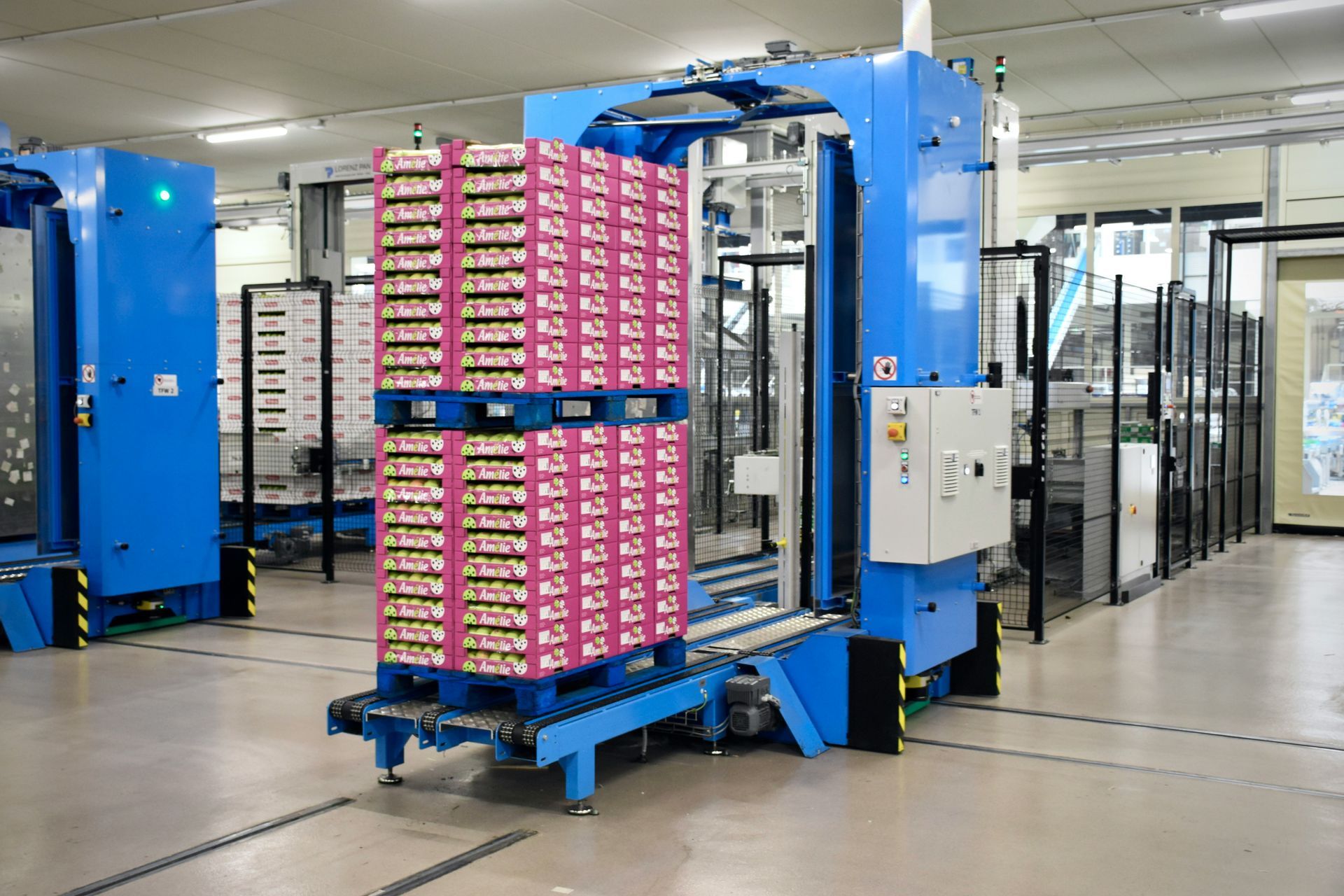
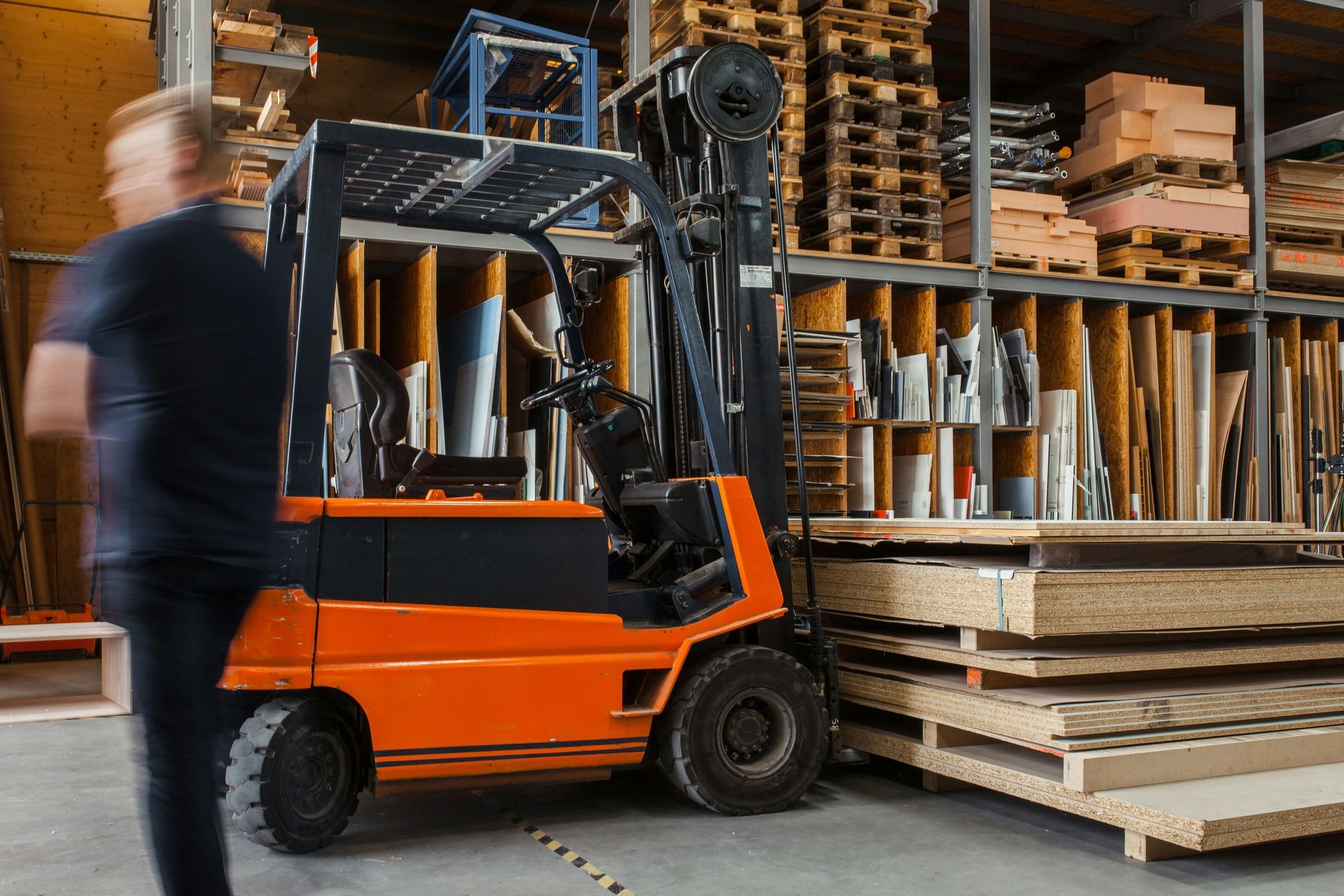
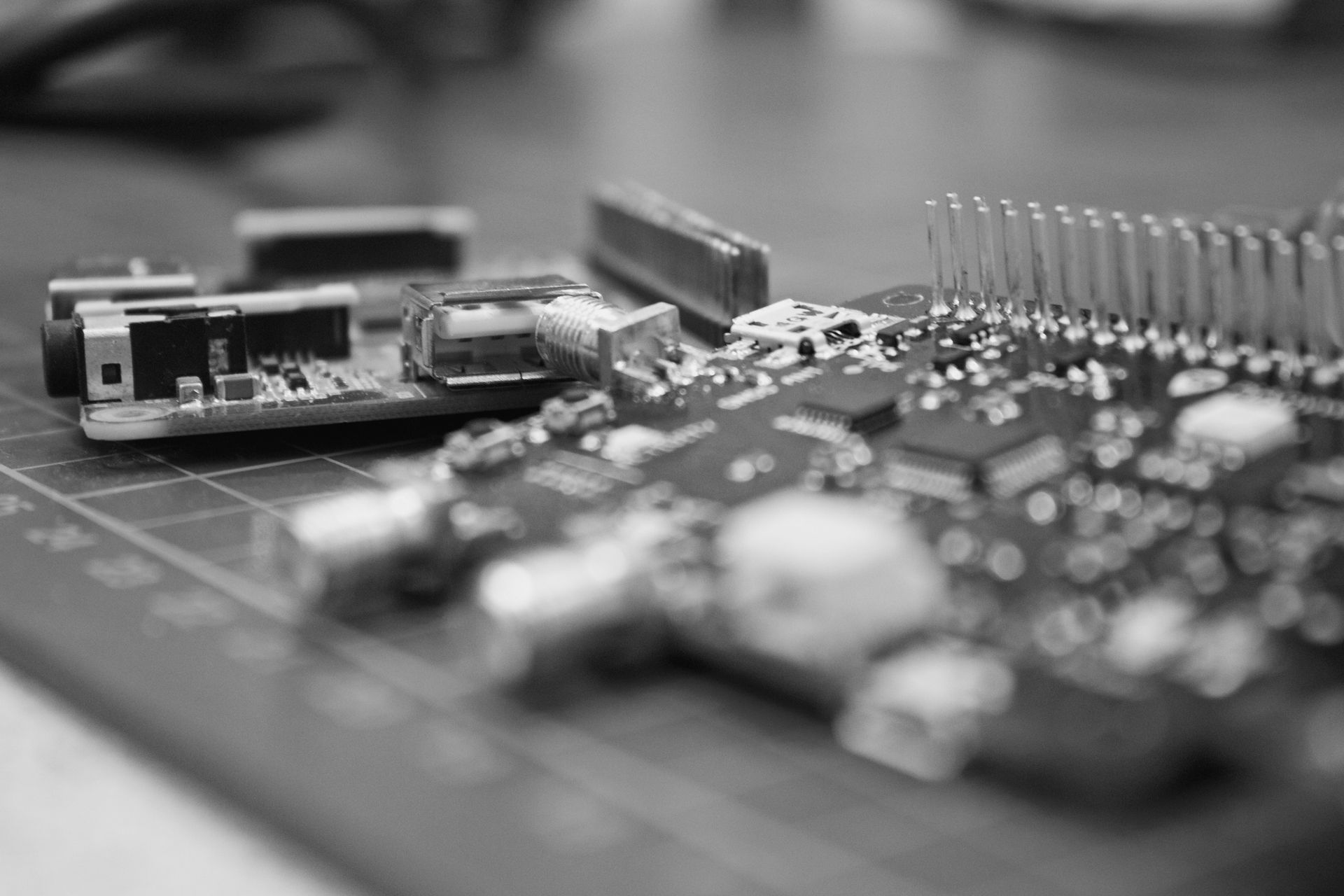
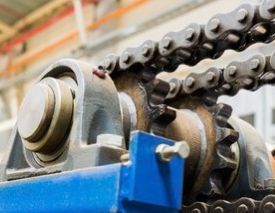
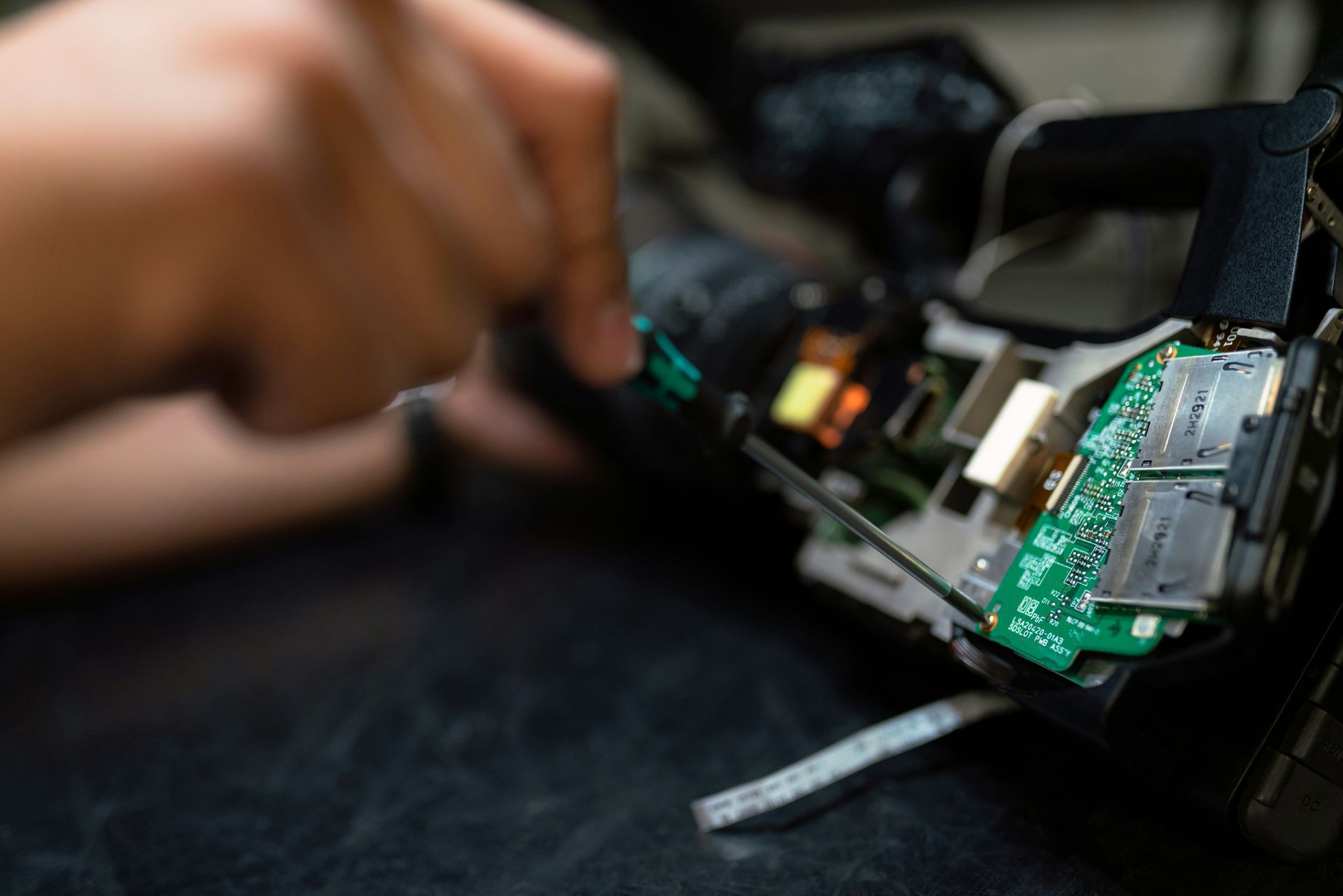
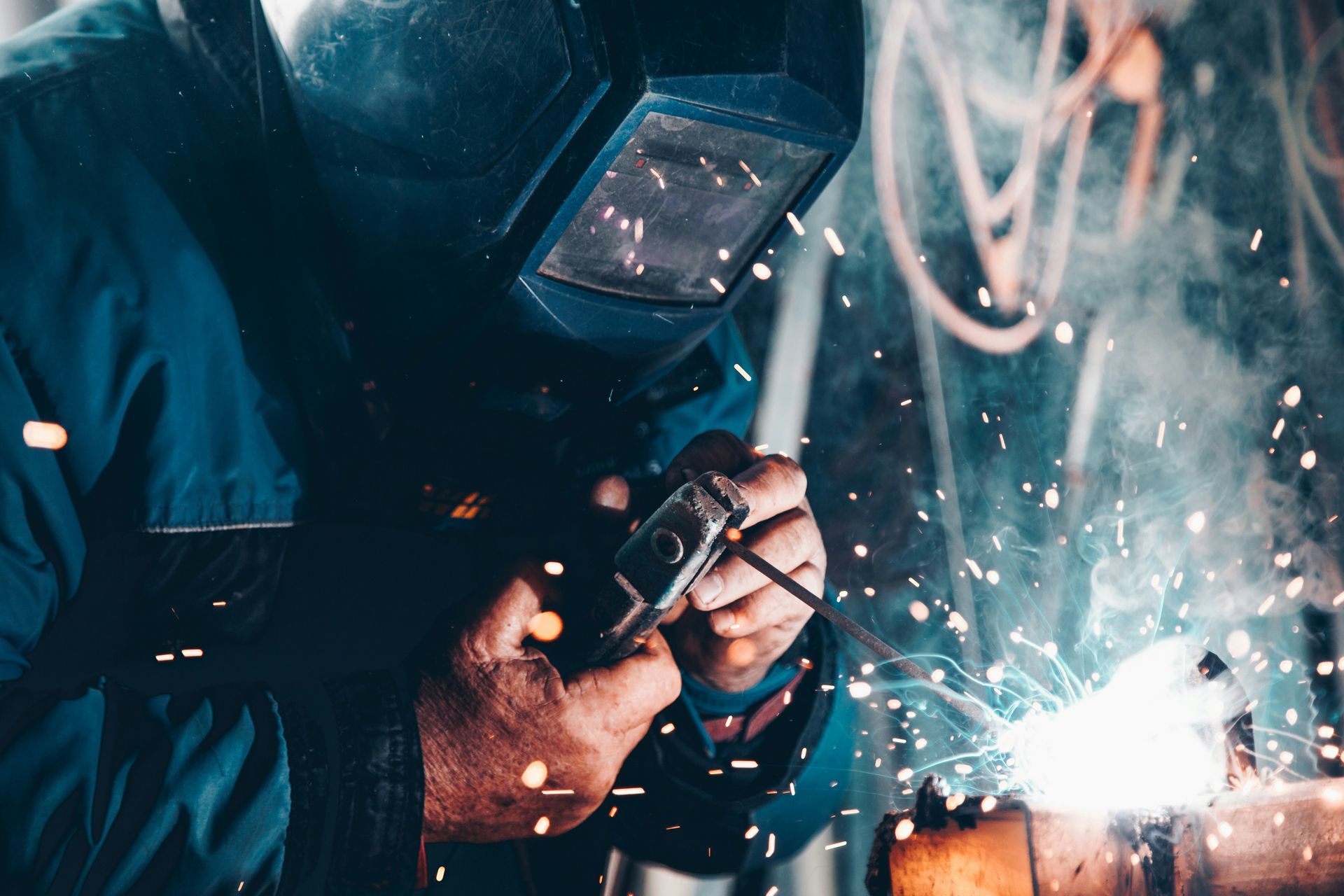
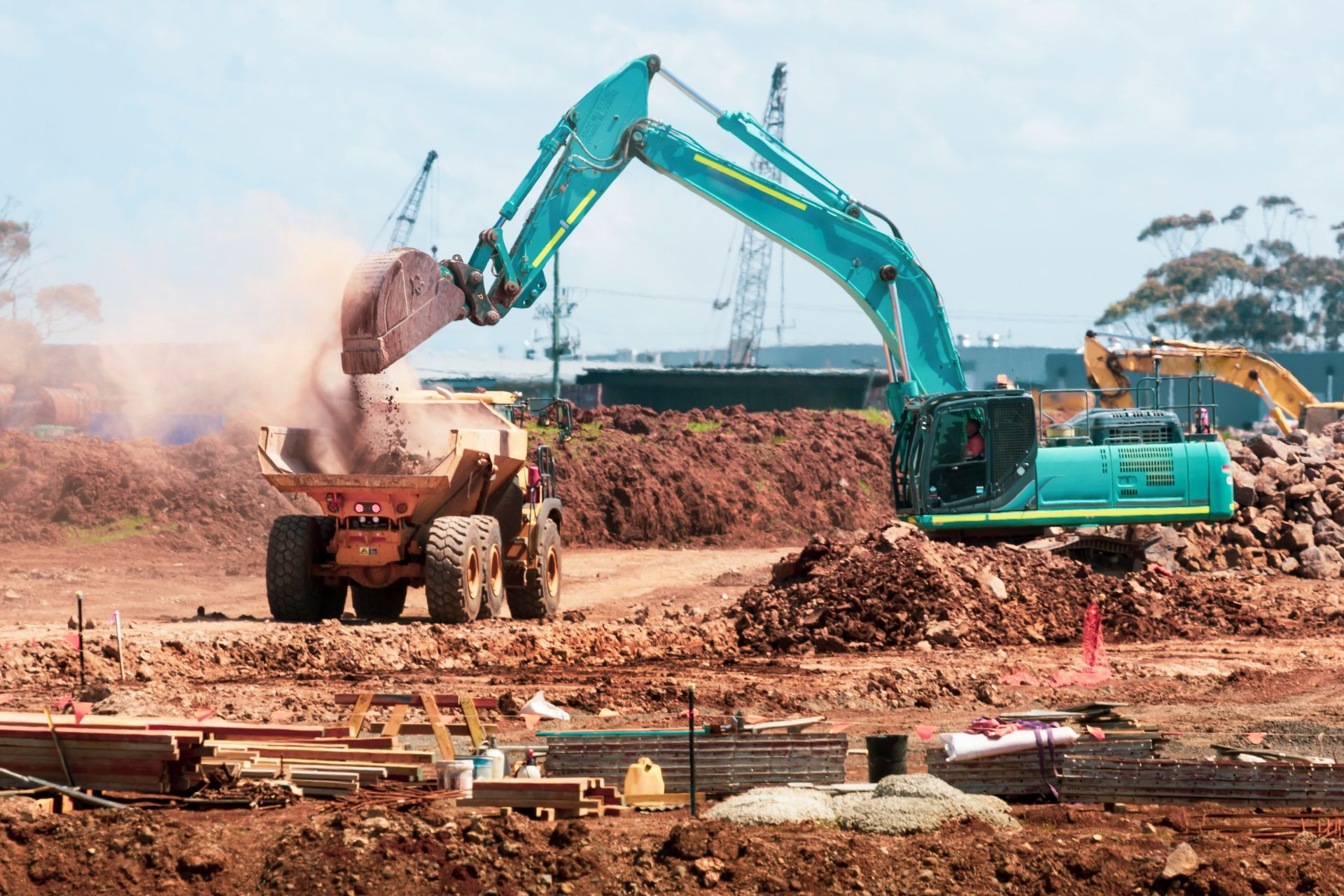
Share On: